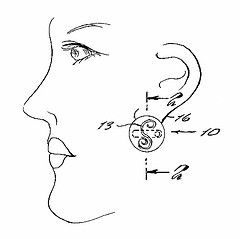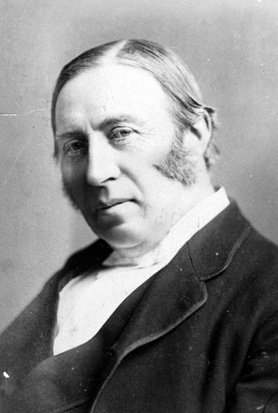Slips of the tongue are often made on the stage, even by the most prominent actors and actresses. Mrs. Langtry at one performance said to her stage lover, ‘Let us retire and seek a nosey cook.’
An actor at the Queen’s Theatre, Manchester, turned ‘Stand back, my lord, and let the coffin pass’ into, ‘Stand back, my lord, and let the parson cough.’ …
A well-known actor who has often been applauded by New York theater-goers, in one of his speeches intended to say, ‘Royal bold Caesar,’ but forgot himself in his excitement and said, ‘Boiled rolled Caesar, I present thee with my sword.’
— John De Morgan, In Lighter Vein, 1907


